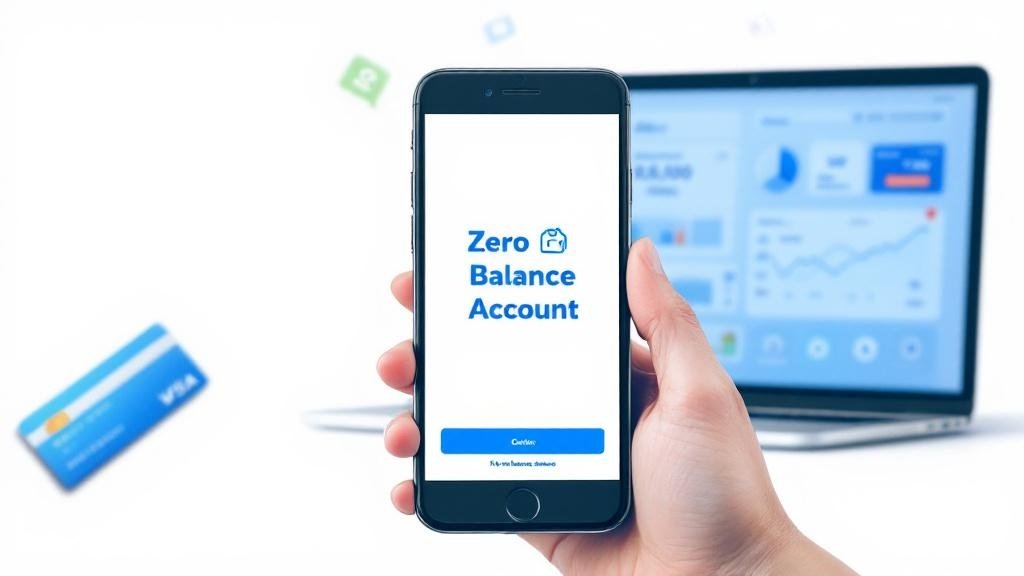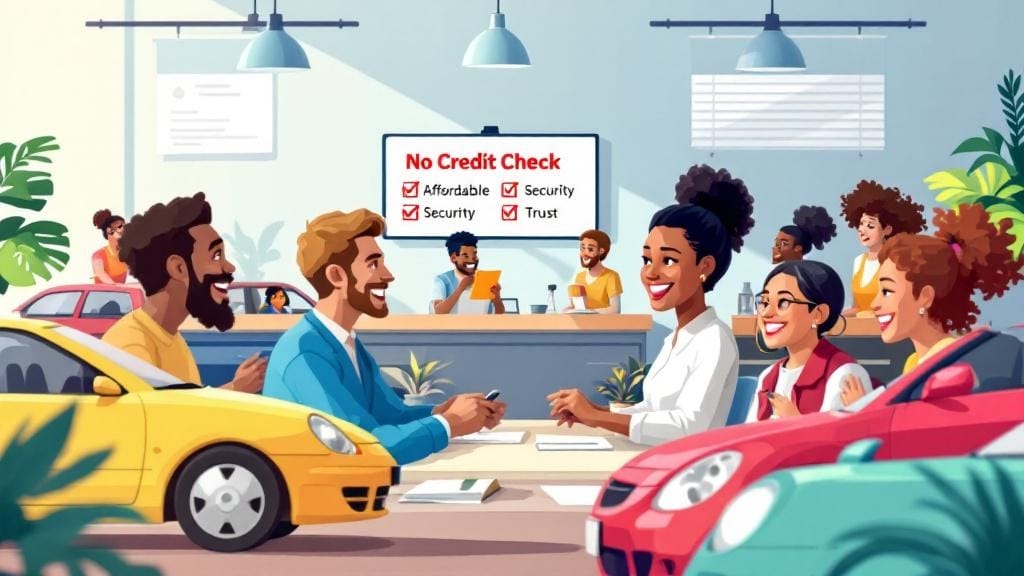Opening a zero-balance bank account online has never been easier. With the rise of digital banking, many financial institutions now offer the convenience of opening a bank account without requiring you to visit a branch or maintain a minimum balance. Whether you’re a student, a freelancer, or someone who just wants to simplify your banking, a zero-balance savings account could be a game changer.
In this article, we’ll guide you through everything you need to know about opening a zero balance bank account online, including the benefits, eligibility requirements, and the step-by-step process.
What Is a Zero Balance Bank Account?
A zero balance bank account is a type of account that does not require you to maintain a minimum balance. This makes it especially attractive for people who don’t want to worry about maintaining a specific amount of money in their account.
Key features of zero balance accounts:
No minimum balance: You don’t need to keep any minimum amount in the account.
Low or no monthly fees: Most zero-balance accounts come with low maintenance fees, if any.
Easy online access: You can manage the account completely through online banking or mobile apps.
Accessibility: Available to a wide range of people, from students to salaried individuals.
Benefits of a Zero Balance Account
Before diving into the step-by-step process of opening a zero-balance account online, let’s take a look at some of the key benefits:
1. No Minimum Balance Requirement
You won’t be penalized for not maintaining a certain balance in your account. This is especially useful for people who live paycheck to paycheck or need flexibility with their finances.
2. Easy Online Banking
Zero balance accounts are often paired with robust online banking platforms, allowing you to manage your account from the comfort of your home. You can check your balance, transfer funds, and pay bills—all with just a few taps.
3. Financial Flexibility
Since there are no mandatory balance requirements, you have more flexibility to move your money around. Whether you’re saving for something big or just need an account for everyday expenses, a zero-balance account makes it easier.
4. Accessible to a Wide Range of People
Whether you’re a student, a freelancer, or someone without a stable income, you can open a zero-balance account. Many banks even offer specialized zero-balance accounts for students and salaried professionals.
How to Open a Zero Balance Bank Account Online (Step by Step)
Opening a zero balance bank account online is simple and straightforward. Here’s a step-by-step guide to help you navigate the process:
Step 1: Choose the Right Bank
Before you begin the online zero balance account application, you need to choose the right bank. Several banks offer zero balance accounts online, but it’s important to check their features, eligibility criteria, and documentation requirements.
Popular banks offering zero balance accounts:
SBI (State Bank of India) – Offers a zero balance savings account with easy online access.
HDFC Bank – Known for their online banking services and zero balance accounts.
ICICI Bank – Offers a digital savings account with no minimum balance requirement.
Axis Bank – Provides a zero balance account with features like mobile banking and online transfers.
Look for the bank that best suits your needs based on its features, ease of use, and customer service.
Step 2: Eligibility Criteria for Opening a Zero Balance Bank Account Online
While zero balance bank account eligibility is relatively easy to meet, banks do have a few requirements:
Age: Typically, you need to be at least 18 years old, though some banks may allow you to open a zero balance account at 16 if you’re a student.
Nationality: You need to be a resident of the country in which you are applying.
Documents: Most banks will ask for government-issued identification, proof of address, and a selfie for verification.
Step 3: Gather the Necessary Documents
To ensure a smooth process, make sure you have all the documents required to open a zero balance bank account online. These may include:
Aadhaar Card (for Indian residents) or a valid passport (for ID verification).
Address proof: Utility bills, bank statements, or voter ID can serve as proof of address.
Photograph: A recent passport-sized photograph may be required.
If you’re applying for a zero balance savings account with online banking, these documents are essential for identity verification.
Step 4: Fill Out the Application Form
Once you’ve chosen a bank and gathered your documents, visit the bank’s official website or mobile app to begin the zero balance account online opening process for beginners.
Personal Details: You’ll be asked to provide basic information such as your name, date of birth, and contact details.
KYC Process: Some banks might require you to upload your documents and verify them via a video call or through their app. This is part of the Know Your Customer (KYC) process to comply with banking regulations.
Step 5: Submit the Application
Once you’ve filled in all the details, review the application form and submit it. You’ll typically receive a confirmation email or SMS stating that your application is being processed.
Step 6: Account Activation
After your application is verified, you’ll receive your account number, debit card (if applicable), and other banking details. The bank may also provide you with access to online and mobile banking so that you can manage your account from anywhere.
Can I Open a Zero Balance Account Online Without Salary Proof?
This is a common question among individuals who are self-employed or do not receive a regular salary. The answer is yes—many banks allow you to open a zero balance account without salary proof. For instance, if you’re a student, freelancer, or a homemaker, some banks may only require government-issued ID and proof of address.
However, banks may have additional documentation requirements if you’re applying for specific accounts, such as a business account. Always check the documentation list before applying.
FAQs About Zero Balance Bank Accounts
1. How to open a zero balance savings account online step by step?
First, choose a bank that offers zero balance accounts.
Fill out the online application form with your details and upload the required documents.
Complete the KYC verification process.
Once approved, you will receive your account details and can start using online banking.
2. Which banks offer zero balance accounts online?
Many major banks, such as SBI, HDFC, ICICI, and Axis Bank, offer zero balance accounts with online banking services.
3. Can I open a zero balance account without visiting a branch?
Yes, you can open a zero balance account entirely online, with no need to visit a physical branch.
4. What are the documents required to open a zero balance bank account online?
Common documents include a government-issued ID (Aadhaar, passport), proof of address (utility bills or voter ID), and a recent photograph.
5. What are the benefits of a zero balance account with online banking?
Zero balance accounts with online banking provide the flexibility of managing your account from anywhere, with no minimum balance requirement and low fees.
6. How long does it take to open a zero balance account online?
The process can take anywhere from a few hours to a few days, depending on the bank and the verification process.
7. Can I open a zero balance account without salary proof?
Yes, many banks allow you to open a zero balance account without salary proof. You’ll typically need to submit a government ID and proof of address.








Comments (0)